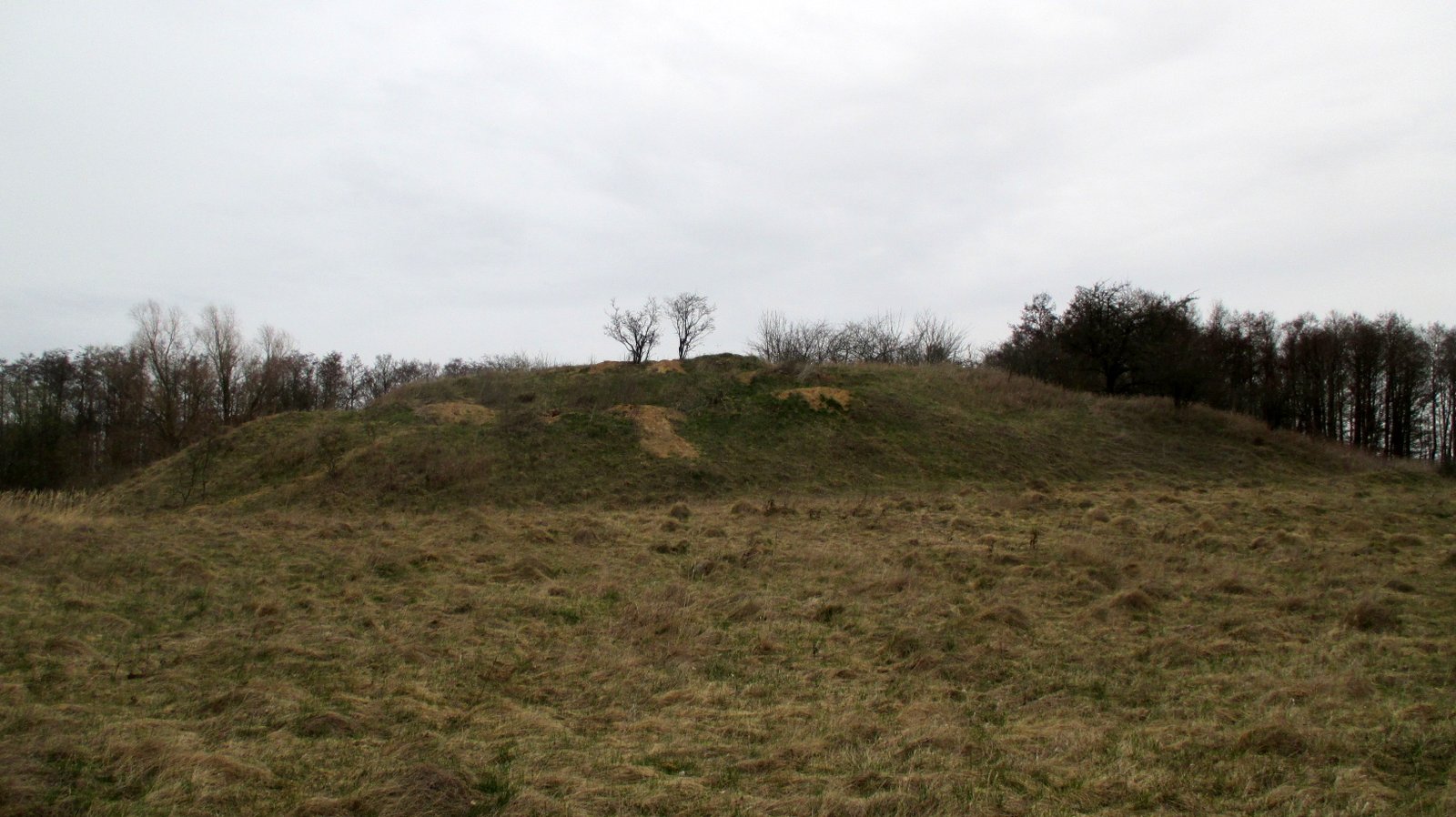Home of sculptor Juozas Adomaitis (1905-1990)
Juozas Adomaitis graduated from Igliškėliai Elementary School, at the age of sixteen he joined the spring organization Igliauka Staples, and later the Igliauka Small Arms Squad. He was elected president in 1926. Love for stones was born by collecting them, splitting, bricking the foundations. It was a symbol of eternity, strength, permanence. Stones accompanied him all his life. Before the Second World War, the workers-stoners who built the road through Pamargius introduced J. Adamaitis to the peculiarities of the stones. After the death of his son in 1959 out of great sorrow, J. Adomaitis tried to blame the stone. Until 1982, when the sculptor J. Narušis visited him, J. Adomaitis worked unnoticed by anyone, as if he were talking to a stone on his own. He grew and formed under the influence of a natural environment, led by an individual creative need. J. Narušis donated a sculptor's chisels and hammers to process stones and turned the master's work in a new direction – more attention began to be paid to sculptural stone processing. In 1983, his works were first shown to a wider public – exhibited in Marijampolė cinema "Pergalė" hall. In 1985, his works were presented at a republican exhibition and awarded the First Degree Prize of the Ministry of Culture.




